Gluten Free Flour Guide
It may seem like a pain that you need like a billion flours for gluten free baking, but it’s worth having a large selection when you are trying to recreate xgfx versions of gluten-filled goodies. Plus, you can extend your culinary expertise by adding the ability to spot the differences between teff, buckwheat, sorghum and millet. In fact, once you become well acquainted with all these glorious new flours you may not even miss that boring ol’ All Purpose stuff. In all honesty, this is a pretty extensive list of flours for practically any xgfx treat you can conjure up… but it’s definitely not complete. Pretty much anything you can grind into a powder can be used like flour: cocoa powder, peanut flour, coconut flour… the list goes on.
An important thing to remember when beginning to bake gluten-free is there is usually not a single substitution for wheat flour, as gluten is responsible for wheat flour’s incredible binding, stretching and rising abilities. Occasionally, one single flour will work in a certain recipe that originally called for wheat flour, but this is an exception to the rule. In general, a combination of different gluten-free flours is used to create flavor, texture, and balance.
When beginning to bake gluten-free the choice of flours available may seem overwhelming, but once you know how to take advantage of their diversity the possibilities are endless.
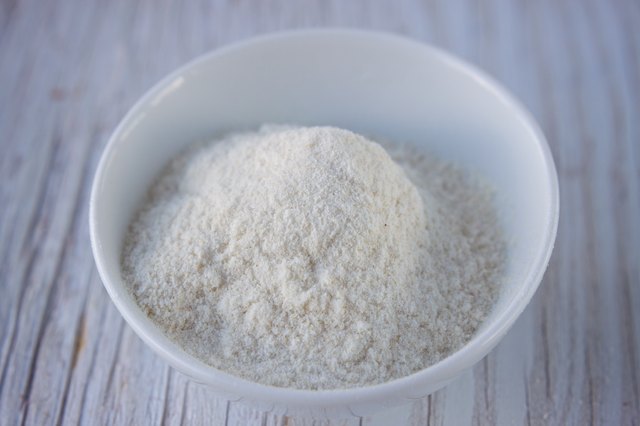
Brown Rice Flour: A great supplementary flour, especially when combined with teff, buckwheat or sorghum flours.
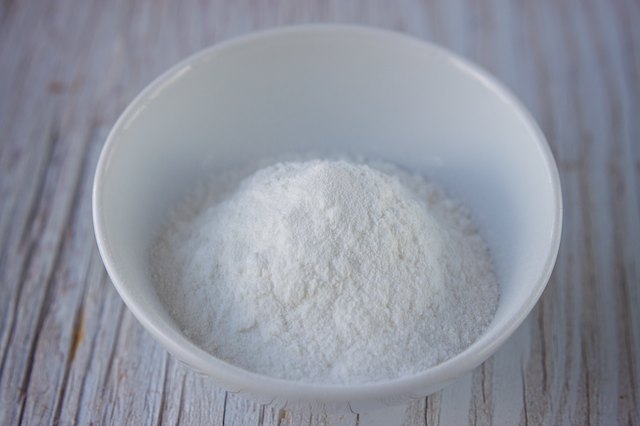
Sweet White Rice Flour (Mochiko): This flour is great for adding moisture and density to baked goods. Used alone produces a sticky result as seen in daifuku.
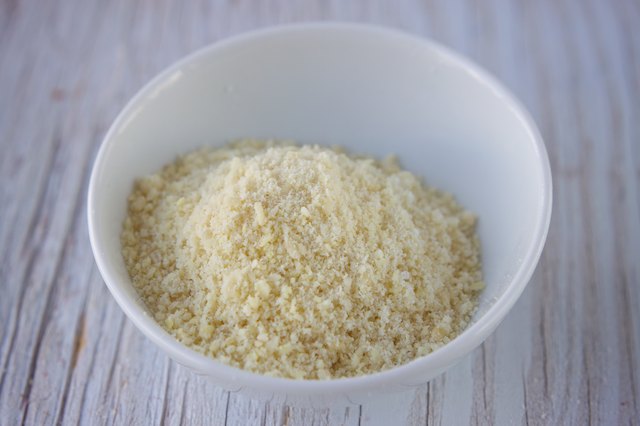
Almond Flour: Just a touch of this flour (about 1/4 of the flour mixture) is all you need to add moistness, a little binding, light almond flavor, and density to baked goods.
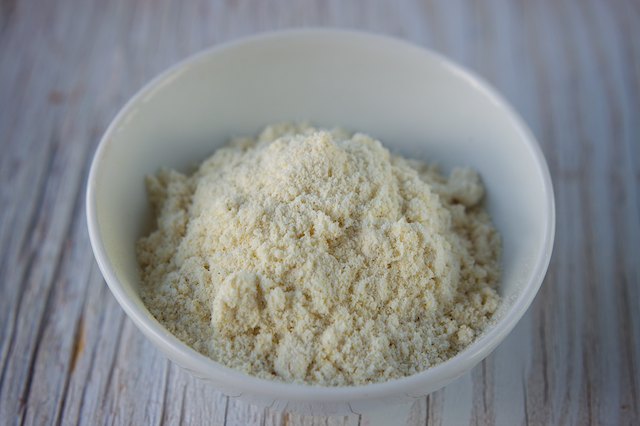
Corn Masa Flour: Traditionally used in tamales and tortillas, this flour also works as a base for bread, muffins, cakes, and pie crusts.
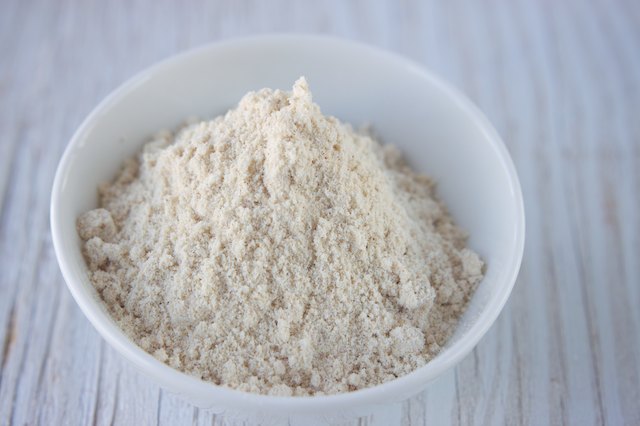
Sorghum Flour: A very good substitute for wheat flour in many recipes, especially if combined with other, more denser, flours.
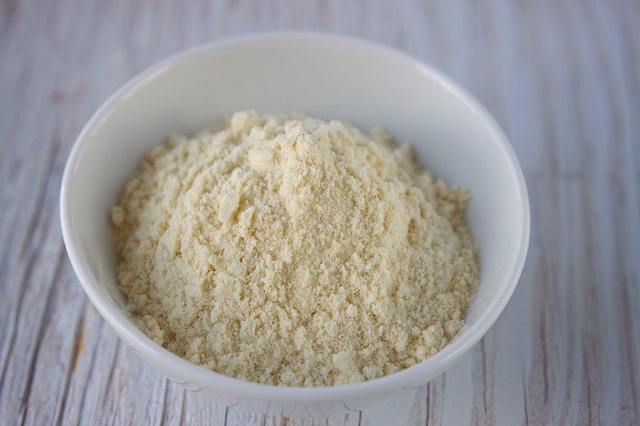
Millet Flour: A lighter colored, slightly drier flour. Great when mixed with heartier flours such as teff, hemp, or almond- but not recommended on its own.
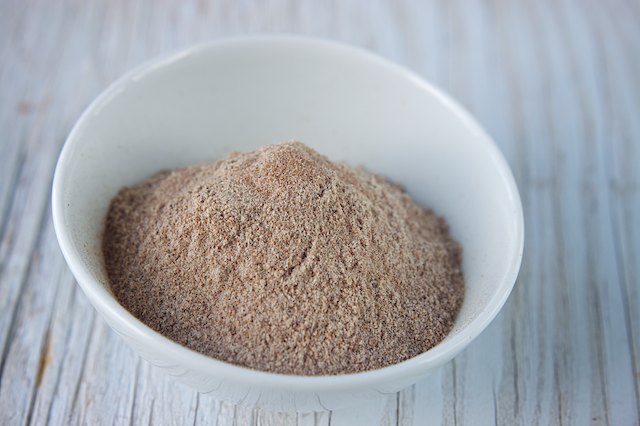
Teff Flour: This is an all around good flour that works in many types of baked goods. It has a stronger nutty flavor and darker color than sorghum and buckwheat. A nutritional powerhouse, but it is oftentimes hard to locate in supermarkets.
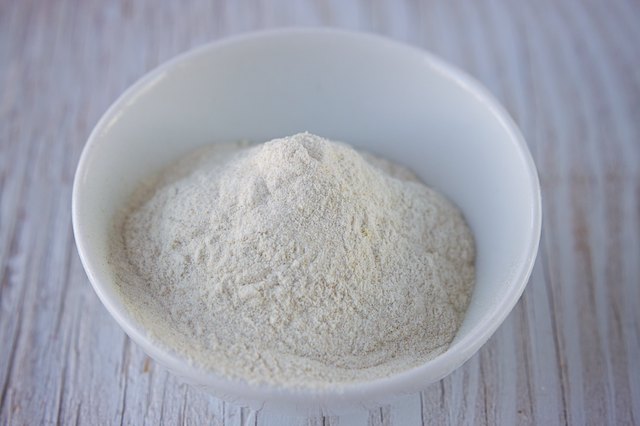
Buckwheat Flour: Almost perfect substitute for wheat flour when used in pancakes, muffins, and cakes. Mix with a starchier flour such as cornstarch or tapioca flour to get dough that rolls out well too!
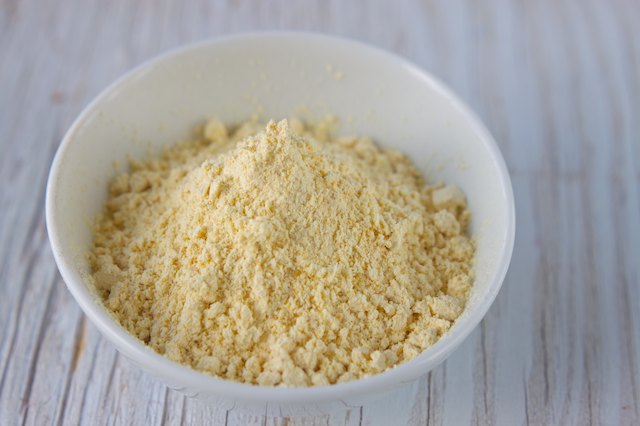
Besan Flour (Chickpea): Used in many wonderful treats such as falafel, pakoras and boondi--besan flour works beautifully as a main flour--a lot like sorghum or buckwheat. But, beware... this flour tastes straight up disgusting when raw. Just warning you...
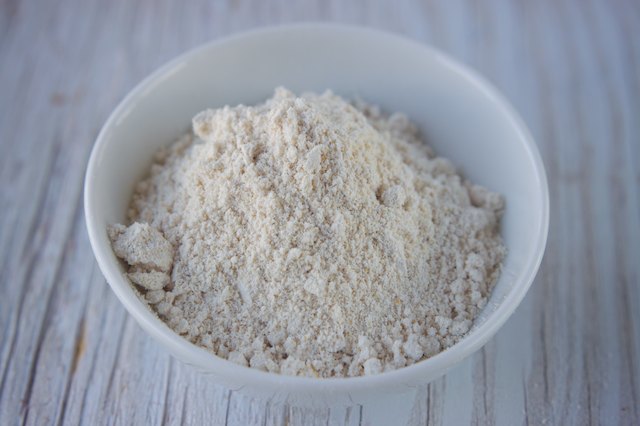
Oat Flour (Gluten Free): Oat flour works similarly to sorghum in baked goods, but produces a more "wheat-like" result. Great flour for just about anything. Be sure though that the brand you purchase is 100% gluten free, and understand that some folks with wheat a intolerance may also have an oat intolerance.
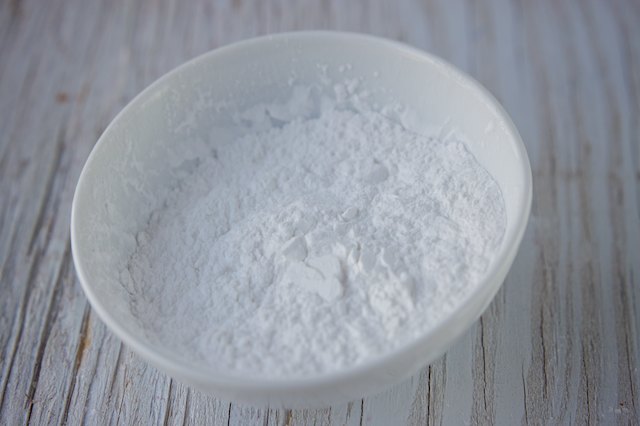
Tapioca Flour: A great "second" denser flour to use along with many flours such as brown rice, sorghum, millet, and buckwheat. It is also called tapioca “starch”. Can be used like cornstarch to thicken sauces, and freezes well... although it does impart a "shiny" look.
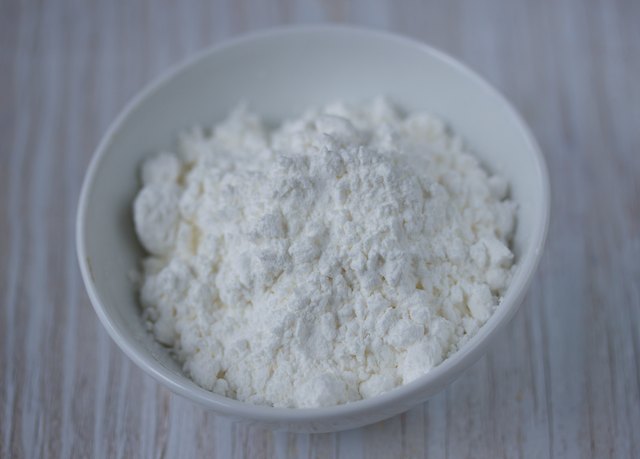
Corn Starch: It isn't only a great thickener in soups, stews and sauces; it also works similarly to tapioca flour in recipes. Check labels to make sure there is no hidden gluten. If using to thicken up sauces and such, beware that it doesn't work so great if you are using it along with acidic liquids. Also, if you make gravy with cornstarch... you probably do not want to freeze it. The texture will not be that great... opt for arrowroot instead. Note: Cornstarch is not Corn Meal or Corn Flour

Soyflour: Can be used like brown rice or corn flour. Has a heavy beany flavor and works best if used in combination with a moist flour, such as tapioca or sweet white rice flour.
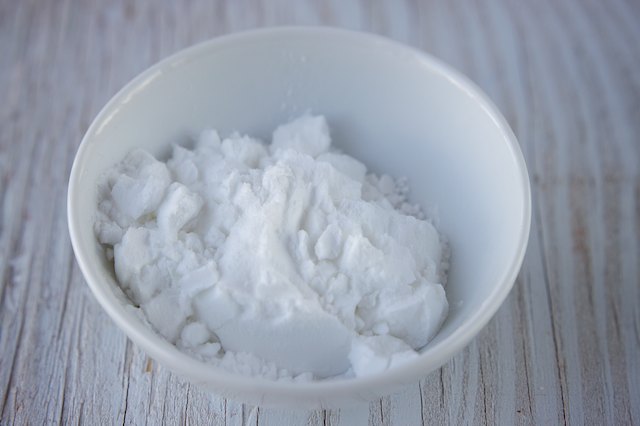
Potato Starch: Similar texture to tapioca flour and cornstarch when used in baking. When thickening sauces, it tends to produce gummy results.
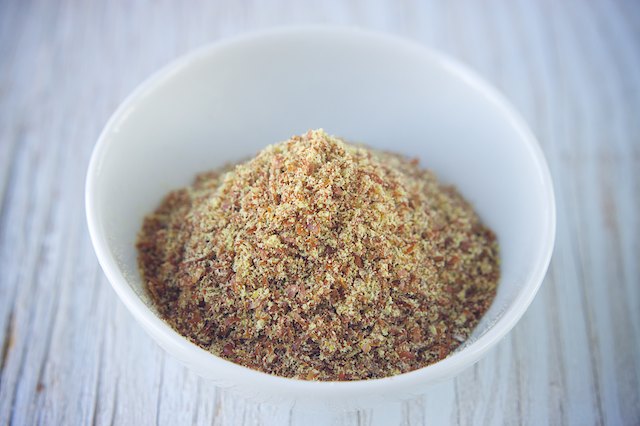
Flaxseed Meal: Not as much of a flour as it is a binder... or a nice addition to pretty much anything. Substituting 1/4 of a flour mixture with flaxseed meal to add a hearty touch to whatever you are baking. Store in freezer to retain the nutritional value of these amazing little seeds.
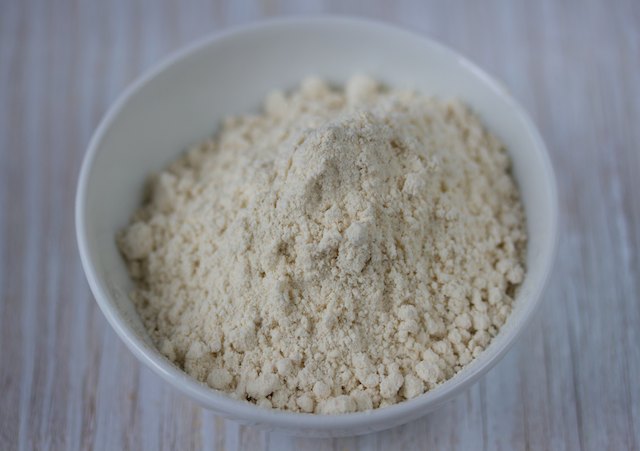
Superfine Brown Rice Flour (Authentic Foods): Everything about this stuff is "superfine"... except that it can be hard to locate if not ordered on the internet. Works just like (or better than) sorghum or buckwheat in emulating a wheat-like texture in baked goods. Double milled for a silky smooth texture ensures no grainy-ness in your end result.

Xanthan Gum: Primarily used as a binder in gluten free baking, it also sneaks its way in prepackaged foodstuffs for its magical abilities to keep oils from separating. Careful when working with this stuff... a little goes a long way, and it is prone to becoming extremely slimy.
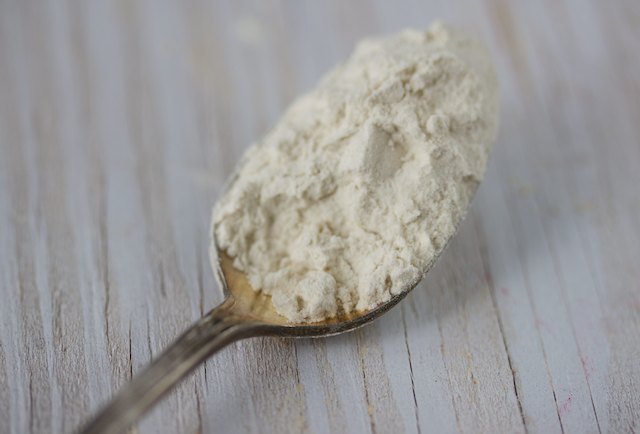
Guar Gum: Also used in gluten free baking like xanthan gum. Makes one heck of a goop when mixed with liquid.


 Get your review on!
Get your review on! Tuesday Linkage
Tuesday Linkage The Bestest Butter of All: Chocolate Hazelnut
The Bestest Butter of All: Chocolate Hazelnut Trader Joe’s Brown Rice Pasta
Trader Joe’s Brown Rice Pasta

